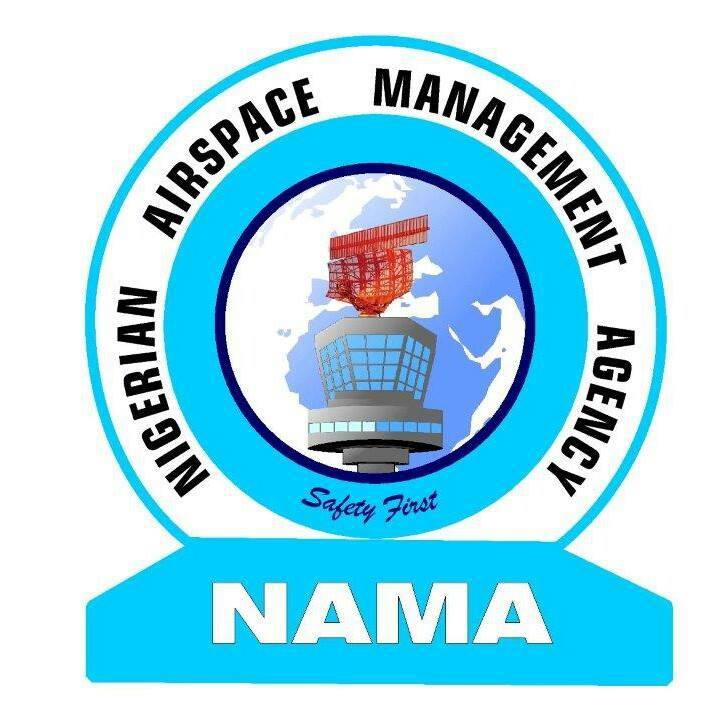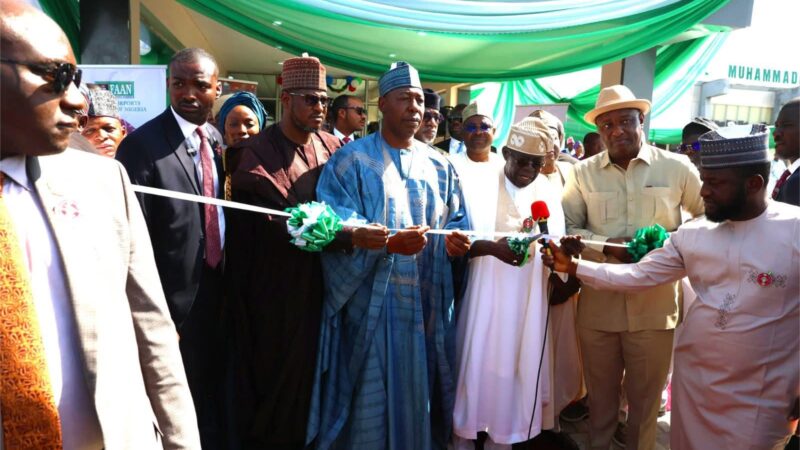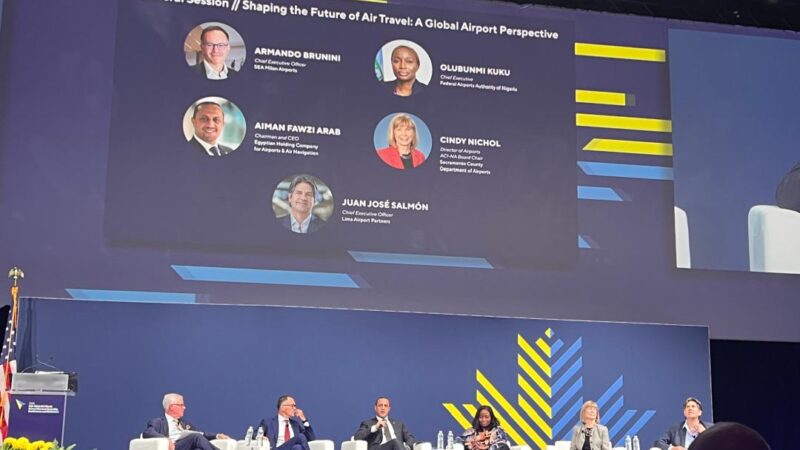NAMA debunks claims of “degraded” Navigational/Landing Aids


The Nigerian Airspace Management Agency has debunked reports emanating from the Nigerian Air Traffic Controllers Association (NATCA) that recent flight diversions by some foreign airlines to Ghana and other neighbouring countries were occasioned by the poor state of Navigational and Landing Aids at the nation’s airports.
The Agency described the reports as “further from the truth,” insisting that the said facilities were never in any state of “degradation” but are operating optimally and awaiting flight calibration in line with civil aviation best practices and standard recommendations as provided by the International Civil Aviation Organisation (ICAO) and the Nigerian Civil Aviation Authority (NCAA).
In a statement signed by the General Manager, Public Affairs, Khalid Emele, NAMA also insisted that while British Airways diverted flights to Accra, other foreign airlines such as Emirates, KLM, Delta, Lufthansa, among others, landed on the same runway in similar weather conditions.
The transcript of the statement is here-in copied:
“The attention of the Nigerian Airspace Management Agency (NAMA) has been drawn to a press release by the Nigerian Air Traffic Controllers’ Association (NATCA) on the state of navigational infrastructure in the country whereby the group said the diversion on the 6th of January, 2020 of a British Airways London Heathrow – Lagos bound BA 075 flight to Accra was occasioned by the “degraded state of navigational and landing facilities due to lack of calibration.” Indeed, nothing can be further from the truth.
“While we recognize and appreciate the right of our workers to clamour for better work tools and operational environment, the reality is that our navigational infrastructure nationwide is not in any state of degradation.
“Our navigational facilities are operating optimally but are awaiting flight calibration in line with NCAA and International Civil aviation Organization (ICAO) regulations and world best practices.
“The idea behind the installation of the CAT III Instrument Landing System in strategic airports in the country was borne out of the need to enhance safety, efficiency, access, and seamlessness of flight operations in our airspace, especially during the harmattan season.
“The prevailing weather condition in Lagos of 1,500m is within the approved minimum state weather conditions for Performance-Based Navigation (PBN) approach and landing on Runway 18 Right as well as Instrument Landing System (ILS) approach and landing on Runway 18 Left which is 400m.
“Nonetheless, the British Airways (BA) company requirement for approach and Landing on runway 18 Right using PBN is 1800m as against the prevailing visibility of 1500m.
“It should be noted that all other foreign operators including Emirates, Delta, KLM, Lufthansa, etc. landed on the same runway in similar weather conditions.
“It should also be noted that BA, despite the above diversion, BA has been operating into Lagos daily using the ILS CATII on Runway 18 Left with the same prevailing weather conditions. Therefore, these diversions are avoidable based on existing facilities.
“The newly installed CAT III ILS was implemented to forestall situations like this.
“As it stands, arrangements have been concluded for the commencement of flight calibration of navigational facilities in the nation from the 16th of January, 2020.
“The Nigerian Airspace Management Agency (NAMA) therefore wishes to reassure all airspace users and the general public that the Nigerian airspace remains safe for air travel even as the agency is working assiduously towards continuously upgrading its navigational infrastructure in line with ICAO Standards and Recommended Practices.”







